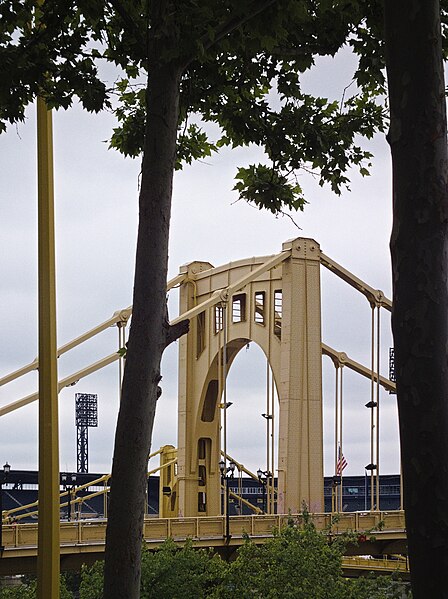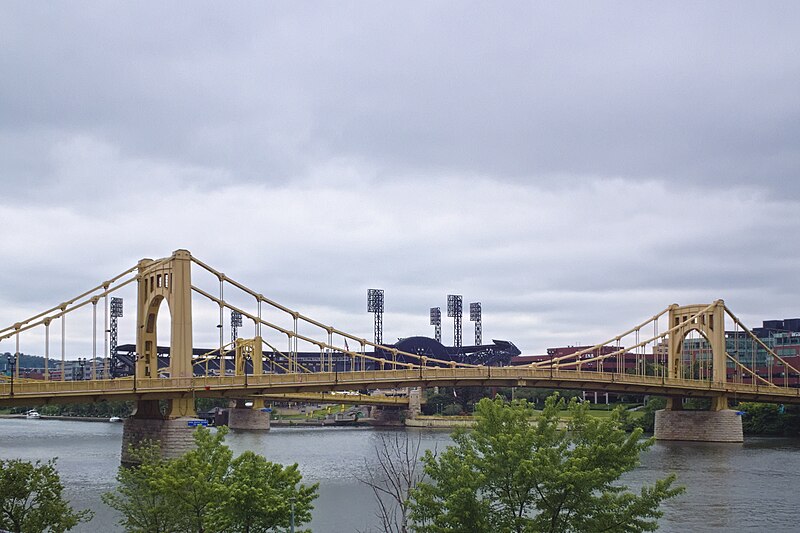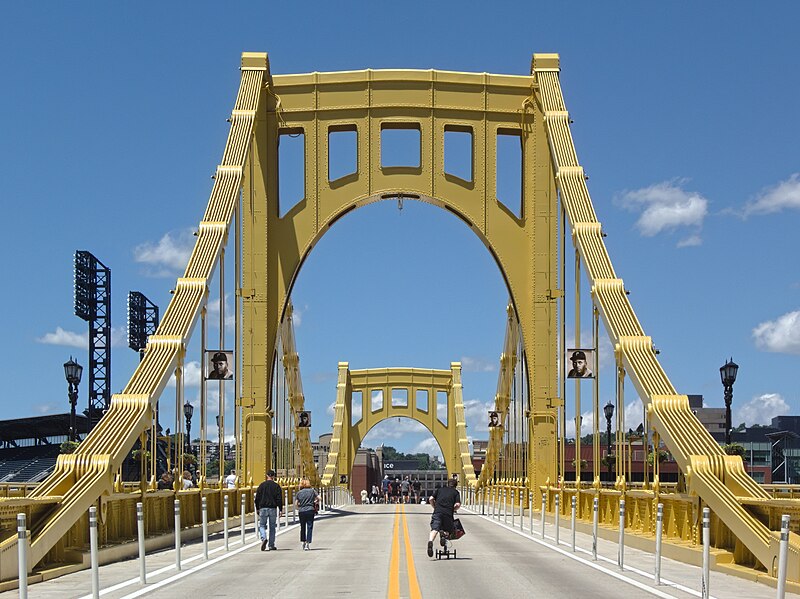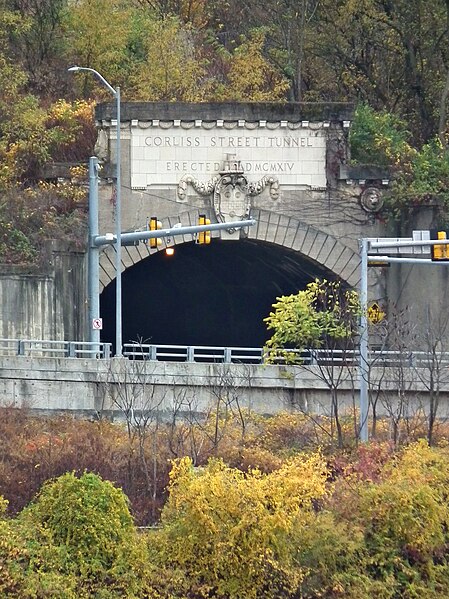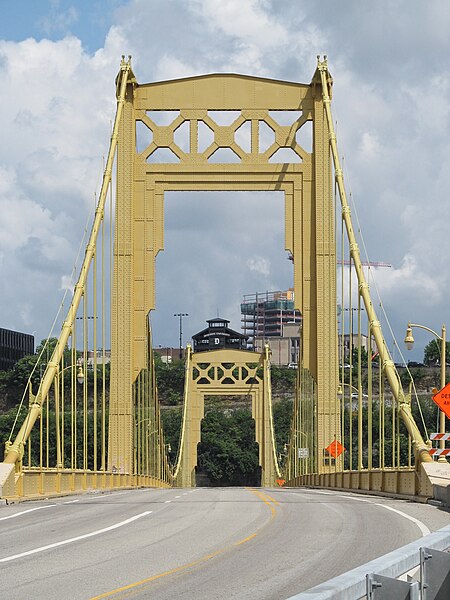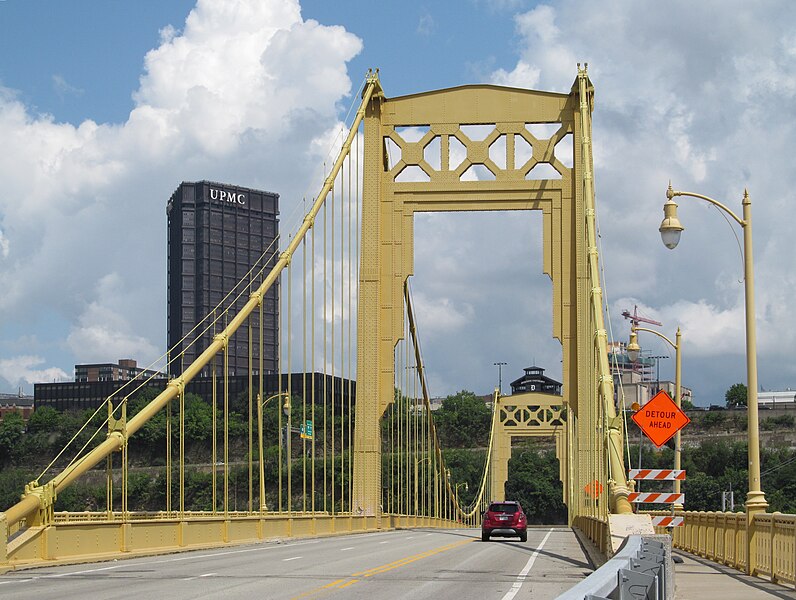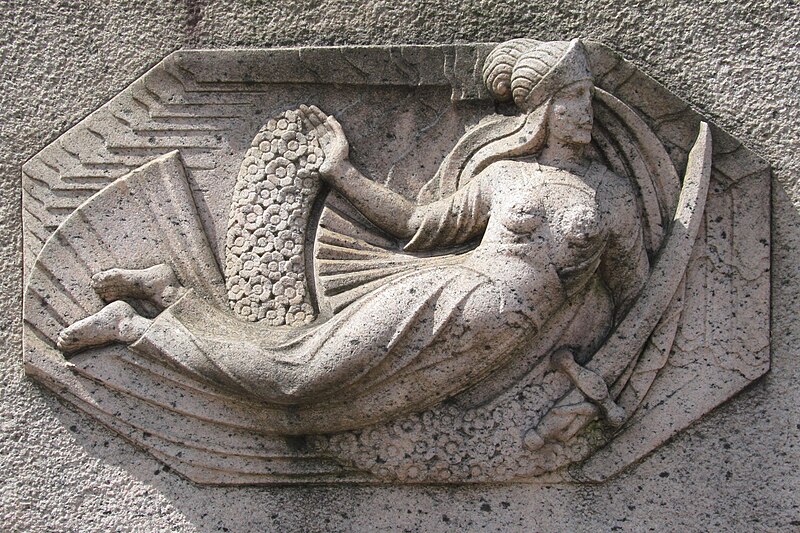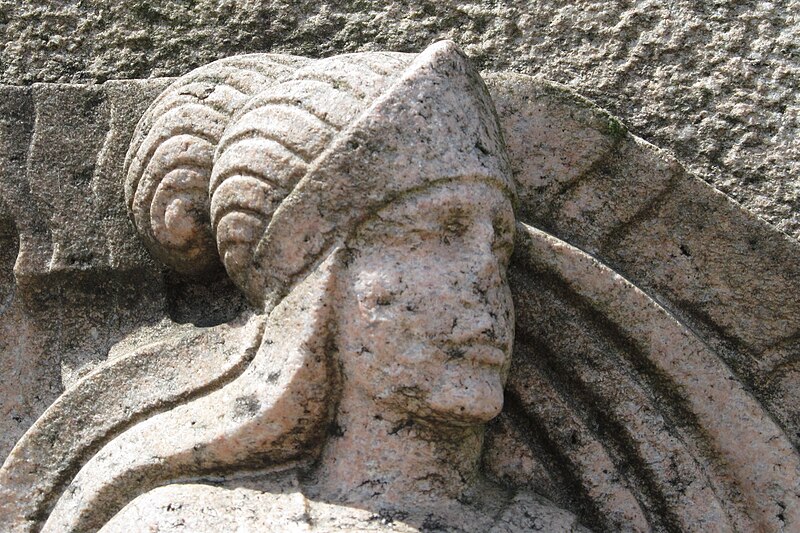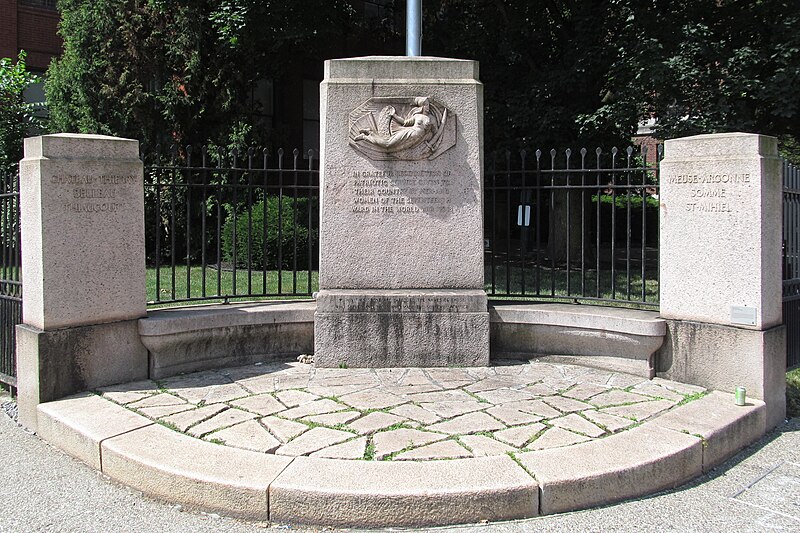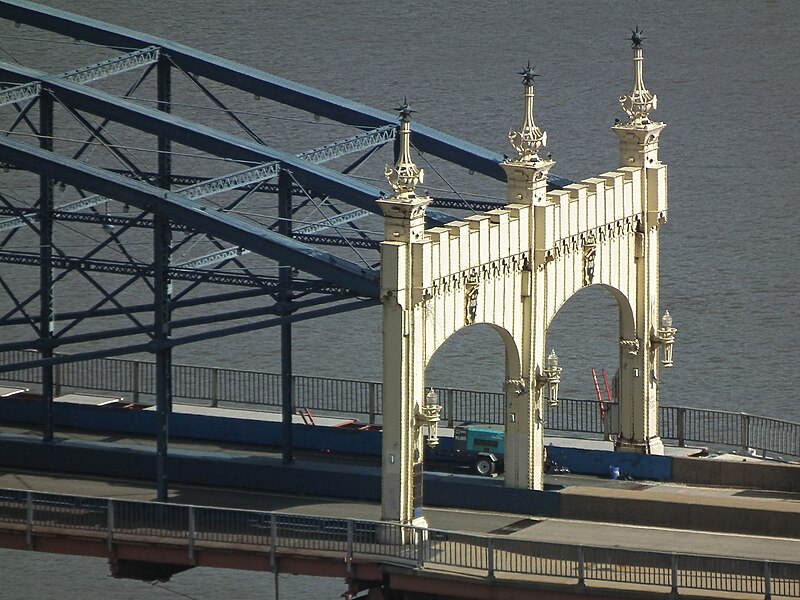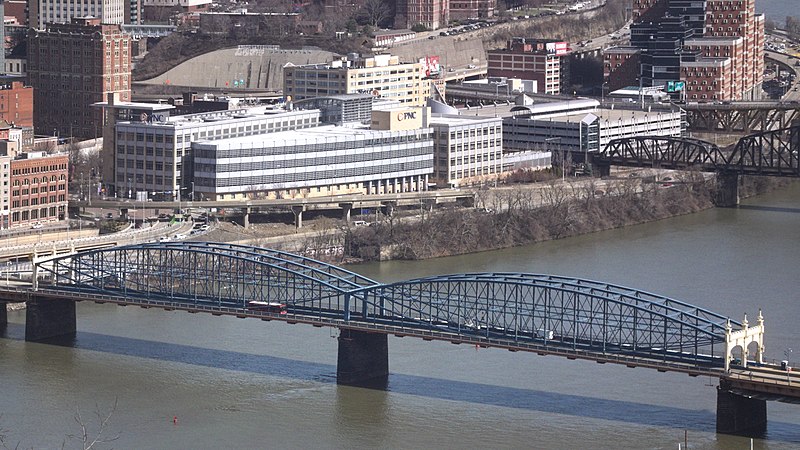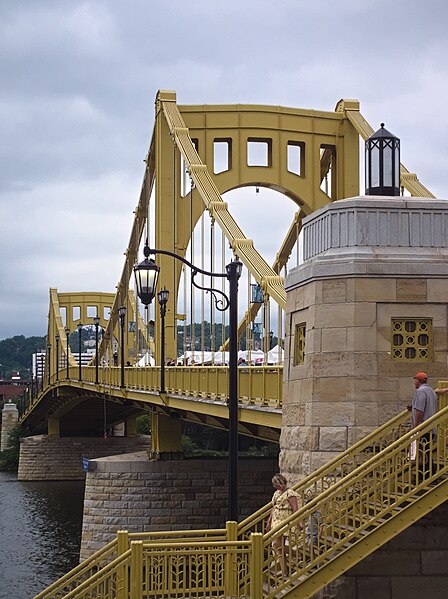
The Ninth Street Bridge, now named for our world-changing naturalist Rachel Carson, is the third of the Three Sisters going by street numbers, but it was the first to be built. Here we see it during the recent Three Rivers Arts Festival, when the artists’ market spilled outward across its entire length.

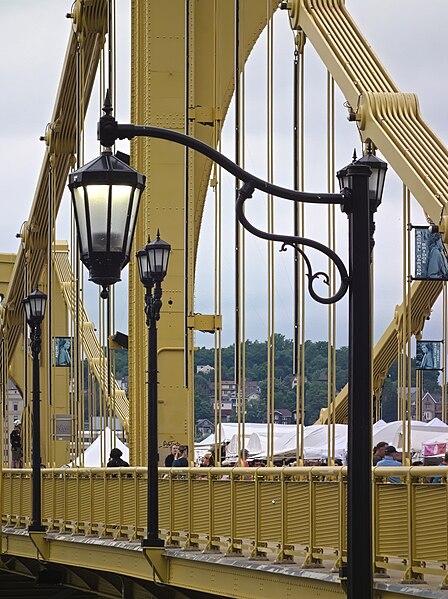

It is old Pa Pitt’s belief that every work of architecture or engineering ought to bear a permanent record of all the information a future historian will want.





